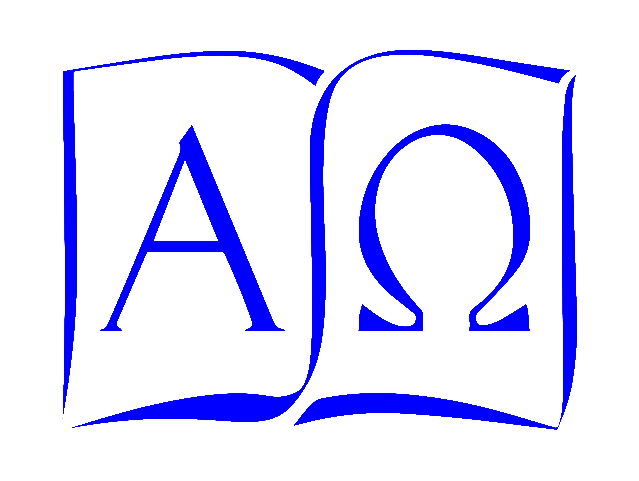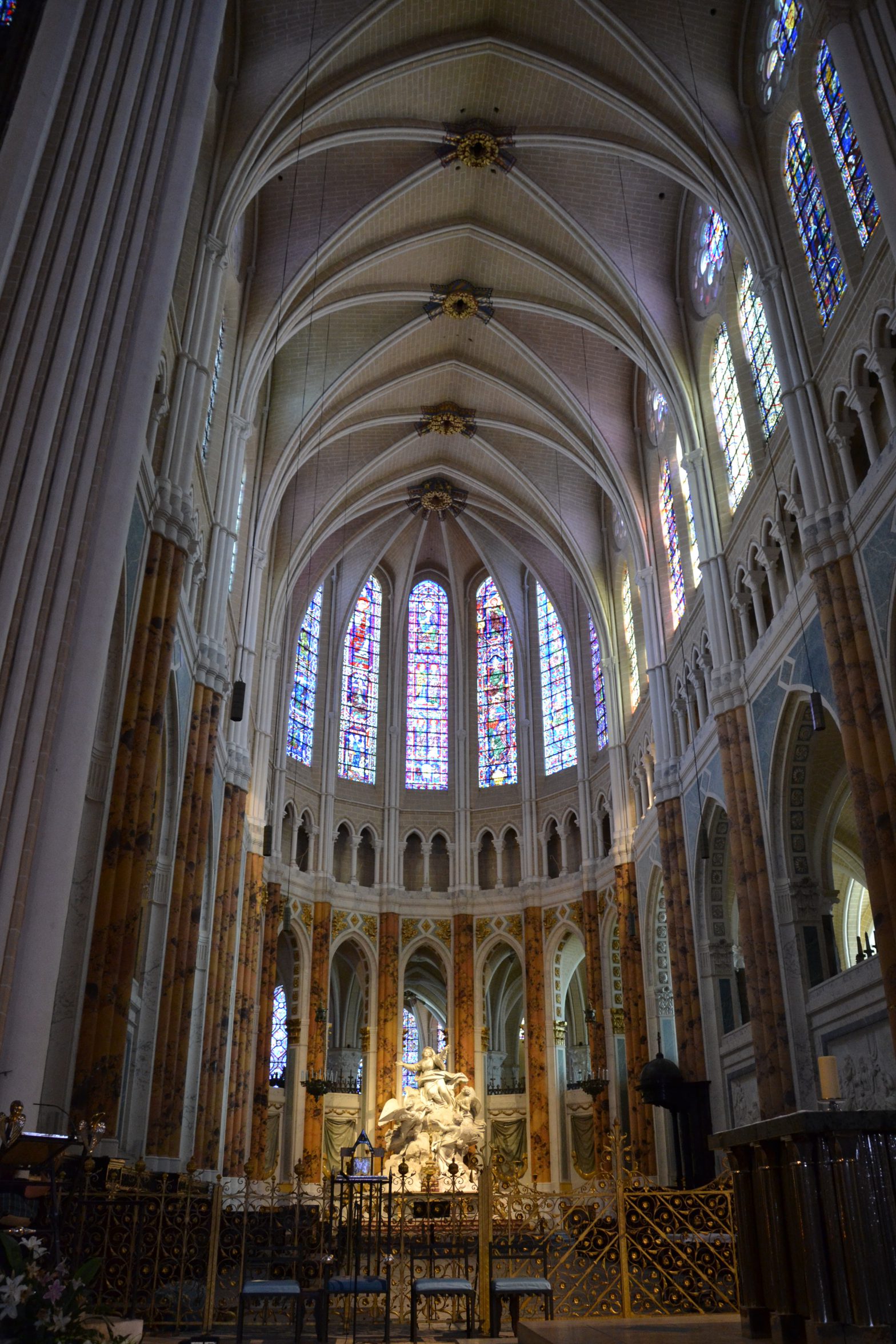We haven’t been publishing here much (or at all) for a long while. We’ve been teaching and upgrading our platform and generally busy running the school. Most days, we try to put something in the all-day Commons chat for people to think about as they wait for class to start. Often the ideas for these entries are suggested by the list of events, births, deaths, or holy days associated with the date. It occurred to me that some of these meditations might be useful for a wider audience, so today I’m going to start posting the Commons “thought for the day” as seems appropriate.
There are a lot of events listed for October 24 — in 1596, the second Spanish Armada sets sail to attack England (but is destroyed by storms at sea), the Peace of Westphalia ends the 30 years war in 1648, Orville Wright flies a mechanical plane for 9 minutes and some seconds from Kill Devil Hill in North Carolina in 1911. It is not the first flight, but the longest to that date.
Still, I am inspired to pick this event: on October 24, 1260, in the presence of Louis IX of France, Chartres Cathedral was dedicated to the glory of God.
Five cathedrals had stood on the site between the 4th century and the end of the twelfth century. The fifth had been devastated by fire in October 1194, with only the towers and crypt intact — and the all-important relic, a tunic believed to be that worn by the Virgin Mary at Christ’s birth saved, along with other relics and the church vessels, possibly by the same kind of hand-to-hand brigade of priests and firemen that saved the relics at Notre-Dame de Paris in 2019.
And not unlike their modern counterparts, in a reconstruction frenzy supported by funds from across Europe, the people of Chartres began rebuilding almost immediately, clearing rubble, raising walls, and putting on a new roof in 1220. The new cathedral, including the stained glass windows and sculpture inside and out, was finished in 1260. It may seem long to us, but 65 years was a very short time for such a massive undertaking. It was still long enough that many of those who conceived and initiated the effort would be dead long before the completion of their project.
It seems prudent to contemplate whether the things we craft today — the buildings, institutions, and products we spend time putting together or fighting for — will outlast us, or even our generation. What does it really mean to “build for the future”? Are we still willing to take the long view, and to lay the foundations for something we ourselves may never see completed?
The Cathedral at Chartres still stands, a monument to its builders’ vision and dedication and determination to honor God.
What will we build? What should we build?

